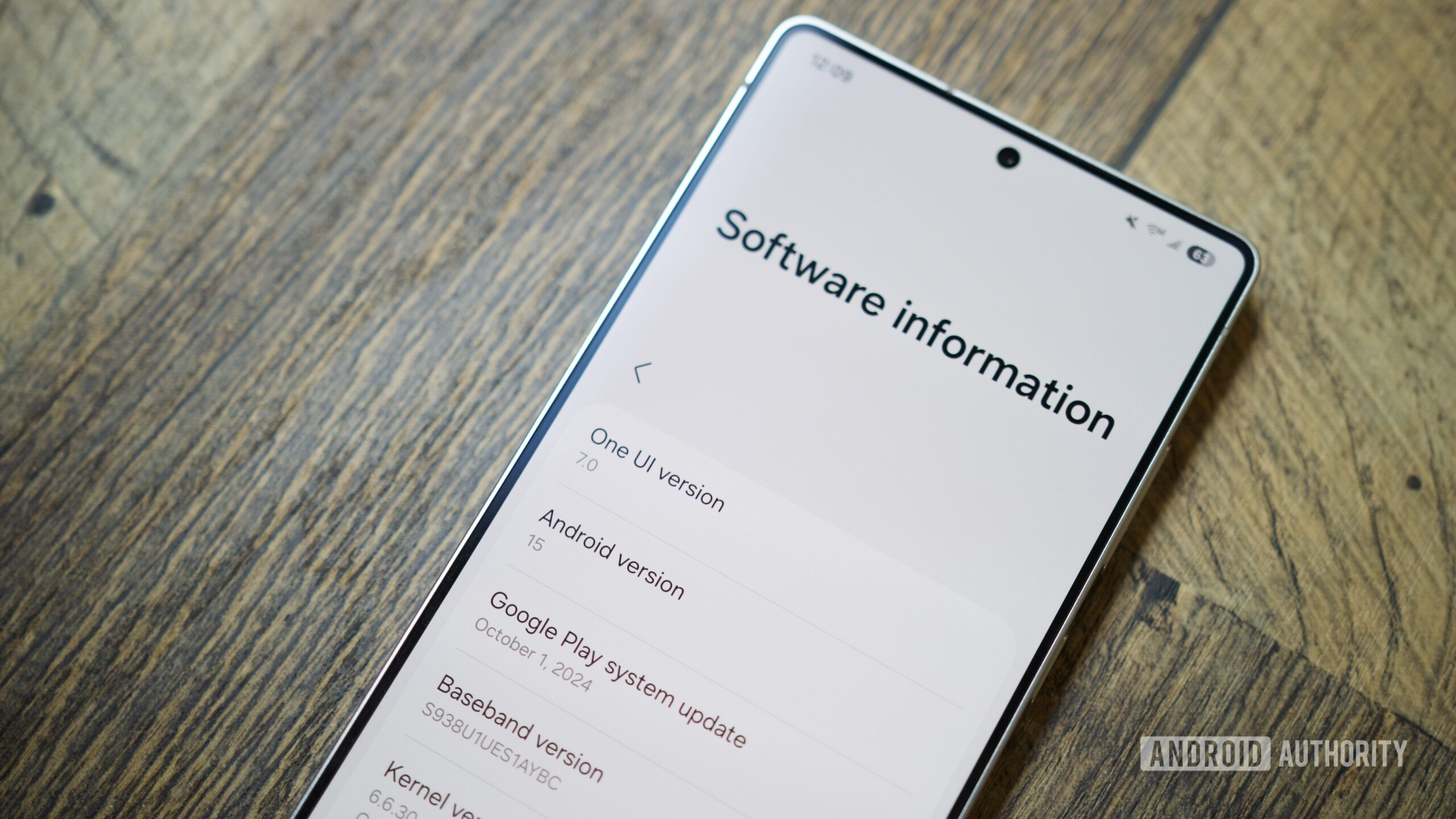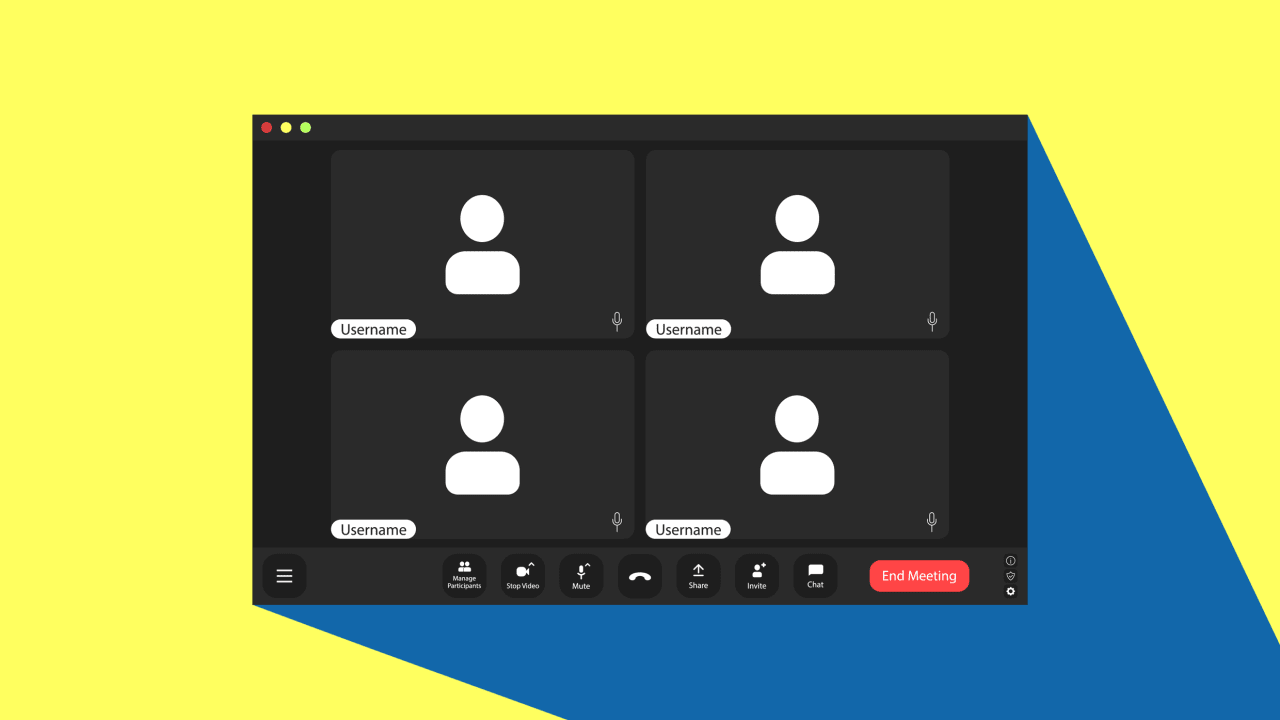The Role of UI/UX in Designing Seamless Pay Stub Tools
Introduction In today's digital-first environment, user expectations are higher than ever—especially when it comes to tools that deal with sensitive data like payroll. A pay stub generator may have all the functionality in the world, but without intuitive UI (User Interface) and thoughtful UX (User Experience) design, it’s bound to frustrate users. Let’s dive into how UI/UX design plays a crucial role in creating seamless, efficient, and user-friendly pay stub tools. 1. Why UI/UX Matters in Payroll Tools Pay stub tools aren't just for accountants anymore—they’re used by small business owners, freelancers, HR teams, and even employees needing quick access to income proof. The tool’s ease of use and interface clarity can directly impact: Productivity Accuracy Customer satisfaction Trust in the brand A poor interface may lead to errors, abandoned sessions, or compliance issues, while a well-designed tool promotes confidence and seamless usage. 2. Simplified Navigation for Faster Workflow When it comes to pay stubs, users want speed and clarity. Key UI/UX principles include: Clear input fields labeled with intuitive instructions Minimal steps from data entry to stub generation Guided user flows that reduce decision fatigue Breadcrumbs and progress indicators for multi-step processes The goal is to reduce friction, especially for non-tech-savvy users. 3. Mobile-Friendly Interfaces A large percentage of users access pay stub tools from mobile devices. Responsive design ensures that: Layouts adjust to screen sizes Touch-friendly buttons replace tiny clickable elements Data entry remains smooth without excessive zooming or scrolling Mobile-first UI/UX is no longer optional—it’s expected. 4. Visual Hierarchy and Readability Pay stubs involve dense information: taxes, deductions, earnings, and net pay. A good UI/UX layout ensures: ✅ Clean typography for readability ✅ Consistent color schemes to highlight important data ✅ Whitespace to avoid clutter ✅ Icons or tooltips for clarity without overwhelming text Users should be able to read and understand their pay stub at a glance. 5. Feedback, Validation & Error Handling Smooth UX isn’t just about appearance—it’s about interaction. An ideal pay stub tool: Confirms actions with clear feedback (“Pay Stub Generated!”) Shows inline validation for incorrect inputs Offers tooltips or help icons for guidance Avoids jargon and uses human-centered language These design choices prevent confusion and reduce support queries. 6. Security and Trust Through Design Design can also influence perceived security—a major concern when handling financial data. A secure-feeling UI includes: Visible SSL certificate or lock icon Secure login forms with masked fields Branding that reinforces professionalism Clean, modern design that avoids looking outdated or sketchy People trust tools that look secure, in addition to actually being secure. Consistency Across the Experience Consistency builds trust. From landing pages to stub downloads, the UI/UX must feel: Cohesive in terms of fonts, colors, and layout Familiar across devices and platforms Predictable in terms of button behavior and field formatting It’s not just about beauty—it’s about building confidence and reducing mental load. Conclusion: Designing for Confidence and Convenience In the world of payroll and financial tools, trust is everything. Great UI/UX ensures that users can generate, access, and understand their pay stubs with ease, speed, and confidence. Whether you're designing a tool for businesses or freelancers, keeping the user journey smooth and intuitive is key. Looking to build a seamless pay stub generator? Prioritize clean design, real usability, and user-centered development from day one.

Introduction
In today's digital-first environment, user expectations are higher than ever—especially when it comes to tools that deal with sensitive data like payroll. A pay stub generator may have all the functionality in the world, but without intuitive UI (User Interface) and thoughtful UX (User Experience) design, it’s bound to frustrate users.
Let’s dive into how UI/UX design plays a crucial role in creating seamless, efficient, and user-friendly pay stub tools.
1. Why UI/UX Matters in Payroll Tools
Pay stub tools aren't just for accountants anymore—they’re used by small business owners, freelancers, HR teams, and even employees needing quick access to income proof. The tool’s ease of use and interface clarity can directly impact:
- Productivity
- Accuracy
- Customer satisfaction
- Trust in the brand
A poor interface may lead to errors, abandoned sessions, or compliance issues, while a well-designed tool promotes confidence and seamless usage.
2. Simplified Navigation for Faster Workflow
When it comes to pay stubs, users want speed and clarity. Key UI/UX principles include:
- Clear input fields labeled with intuitive instructions
- Minimal steps from data entry to stub generation
- Guided user flows that reduce decision fatigue
- Breadcrumbs and progress indicators for multi-step processes
The goal is to reduce friction, especially for non-tech-savvy users.
3. Mobile-Friendly Interfaces
A large percentage of users access pay stub tools from mobile devices. Responsive design ensures that:
- Layouts adjust to screen sizes
- Touch-friendly buttons replace tiny clickable elements
- Data entry remains smooth without excessive zooming or scrolling
Mobile-first UI/UX is no longer optional—it’s expected.
4. Visual Hierarchy and Readability
Pay stubs involve dense information: taxes, deductions, earnings, and net pay. A good UI/UX layout ensures:
✅ Clean typography for readability
✅ Consistent color schemes to highlight important data
✅ Whitespace to avoid clutter
✅ Icons or tooltips for clarity without overwhelming text
Users should be able to read and understand their pay stub at a glance.
5. Feedback, Validation & Error Handling
Smooth UX isn’t just about appearance—it’s about interaction. An ideal pay stub tool:
- Confirms actions with clear feedback (“Pay Stub Generated!”)
- Shows inline validation for incorrect inputs
- Offers tooltips or help icons for guidance
- Avoids jargon and uses human-centered language
These design choices prevent confusion and reduce support queries.
6. Security and Trust Through Design
Design can also influence perceived security—a major concern when handling financial data. A secure-feeling UI includes:
- Visible SSL certificate or lock icon
- Secure login forms with masked fields
- Branding that reinforces professionalism
- Clean, modern design that avoids looking outdated or sketchy
People trust tools that look secure, in addition to actually being secure.
- Consistency Across the Experience Consistency builds trust. From landing pages to stub downloads, the UI/UX must feel:
- Cohesive in terms of fonts, colors, and layout
- Familiar across devices and platforms
- Predictable in terms of button behavior and field formatting
It’s not just about beauty—it’s about building confidence and reducing mental load.
Conclusion:
Designing for Confidence and Convenience
In the world of payroll and financial tools, trust is everything. Great UI/UX ensures that users can generate, access, and understand their pay stubs with ease, speed, and confidence. Whether you're designing a tool for businesses or freelancers, keeping the user journey smooth and intuitive is key.
Looking to build a seamless pay stub generator? Prioritize clean design, real usability, and user-centered development from day one.










































































































































































![[The AI Show Episode 144]: ChatGPT’s New Memory, Shopify CEO’s Leaked “AI First” Memo, Google Cloud Next Releases, o3 and o4-mini Coming Soon & Llama 4’s Rocky Launch](https://www.marketingaiinstitute.com/hubfs/ep%20144%20cover.png)



































































































































![From fast food worker to cybersecurity engineer with Tae'lur Alexis [Podcast #169]](https://cdn.hashnode.com/res/hashnode/image/upload/v1745242807605/8a6cf71c-144f-4c91-9532-62d7c92c0f65.png?#)























![BPMN-procesmodellering [closed]](https://i.sstatic.net/l7l8q49F.png)



















































































.jpg?#)
.jpg?#)



































.webp?#)





























































































![CarPlay app with web browser for streaming video hits App Store [U]](https://i0.wp.com/9to5mac.com/wp-content/uploads/sites/6/2024/11/carplay-apple.jpeg?resize=1200%2C628&quality=82&strip=all&ssl=1)

![What’s new in Android’s April 2025 Google System Updates [U: 4/21]](https://i0.wp.com/9to5google.com/wp-content/uploads/sites/4/2025/01/google-play-services-3.jpg?resize=1200%2C628&quality=82&strip=all&ssl=1)












![Apple Releases iOS 18.5 Beta 3 and iPadOS 18.5 Beta 3 [Download]](https://www.iclarified.com/images/news/97076/97076/97076-640.jpg)
![Apple Seeds visionOS 2.5 Beta 3 to Developers [Download]](https://www.iclarified.com/images/news/97077/97077/97077-640.jpg)
![Apple Seeds tvOS 18.5 Beta 3 to Developers [Download]](https://www.iclarified.com/images/news/97078/97078/97078-640.jpg)
![Apple Seeds watchOS 11.5 Beta 3 to Developers [Download]](https://www.iclarified.com/images/news/97079/97079/97079-640.jpg)






























































































































